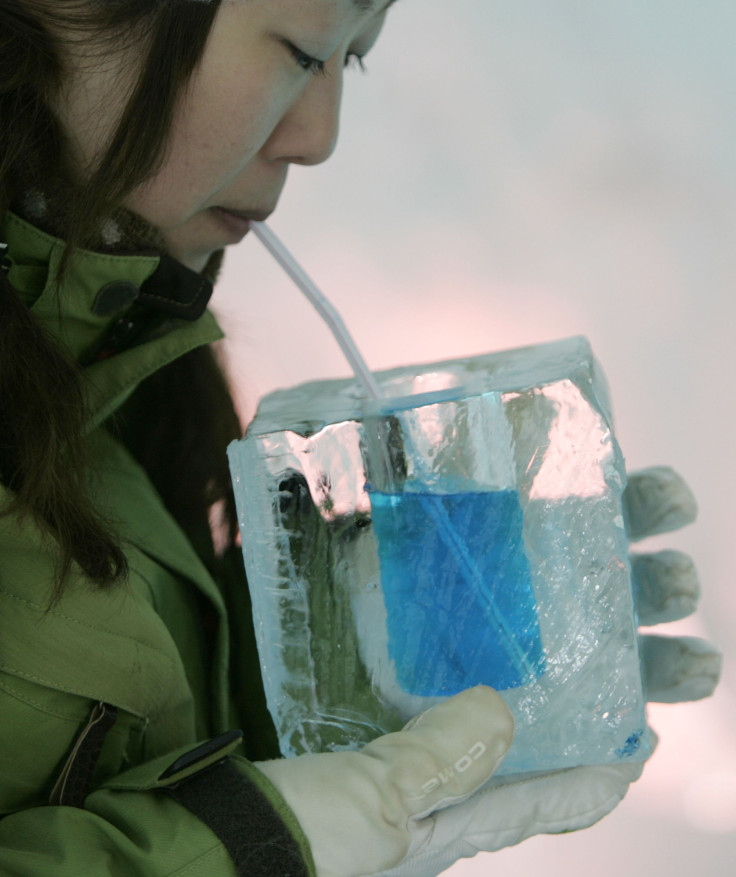Magic straw: Scientists create self-folding, liquid-propelling straw from new material

Canberra scientists have developed a self-pumping straw that can propel liquid with a new material that fold into a tube when water touches it. Researchers from Australian National University have created a new paper-like material that responds to even a tiny droplet of water by folding into a tube several centimetres long. The material self-assembles itself into a tube-like straw and once assembled, the capillary delivers fluids.
Thus, if there is a destination where one wants to deliver the fluid, there is no need to directly hover above it for putting the fluid there. The fluid can deliver itself. It’s a kind of self-pumping system without a pump, said lead researcher William Wong. The moment a drop of water is placed on one end, the material curls into a tube and propels the liquid up to 15 centimetres away.
The findings of the study, published in the journal Science Advances, have shown that the channelled water may navigate challenging shapes such as curves, forks and T-intersections. The Nanotechnology Research Laboratory of the Research School of Engineering team revealed that the two thin layers of nanofibres sandwiched together make up the material. The top layer is water-responsive and pulls the liquid into the material. The other layer is water-repellent that does not allow the water to escape once the material has rolled into a tube.
The researchers also pointed out that by adding ethanol, the material can be unrolled. Wong explained the uses of this new material. He believes that this material can be used in micro-robotics, biological sensors or for medical sample analysis by creating cheap fluid distribution systems. The number of potential uses for the material may increase if it’s produced on a larger scale.
“What we've created is something that bends really easily so by having a really low bending energy requirement, we're able to get it to spontaneously create the tube-like structure ... If you could bring it up to a metre-scale size, imagine if you have a pipeline that you wish to establish, all you need is an influx of water and the pipeline assembles itself,” Wong told The Sydney Morning Herald.
Moreover, as the material is totally safe and compatible with living tissues, it may also be used for cheap sensors to diagnose cancer and other such diseases.





















